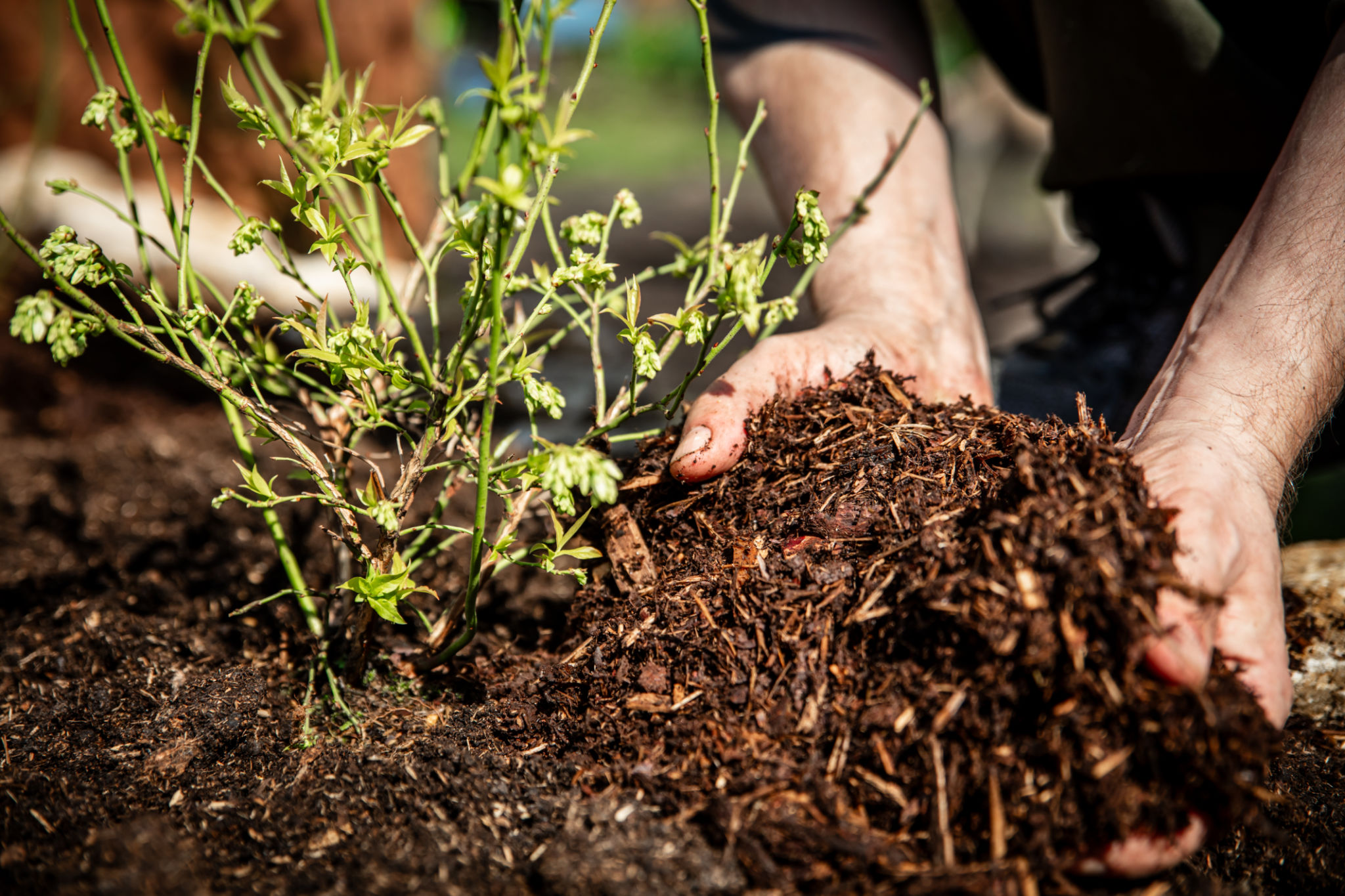Shrub and Hedge Maintenance Services: Tips for a Lush Landscape
Understanding the Importance of Shrub and Hedge Maintenance
Maintaining shrubs and hedges is crucial for any garden or landscape, as it ensures not only aesthetic appeal but also the health of the plants. Proper care can prevent overgrowth, diseases, and pest infestations. It also helps in maintaining the desired shape and size, contributing to a lush and vibrant landscape.
Regular maintenance can improve air circulation, encourage new growth, and enhance the overall appearance of your garden. Homeowners and landscape enthusiasts should prioritize these tasks to enjoy a thriving outdoor space year-round.

Essential Tools for Effective Maintenance
To maintain your shrubs and hedges effectively, having the right tools is essential. Some basic tools include pruning shears, hedge trimmers, and loppers. These tools help in cutting back overgrown branches and shaping the plants according to their natural growth patterns.
Pruning shears are ideal for small branches, while loppers handle thicker branches. For larger hedges, electric or gas-powered hedge trimmers can make the job quicker and more efficient. Investing in quality tools not only makes the task easier but also ensures precise cuts, promoting healthy plant growth.

Pruning Techniques for Different Shrub Types
Different types of shrubs require specific pruning techniques. For instance, flowering shrubs should be pruned immediately after their blooming cycle to encourage robust blossoms in the next season. Conversely, evergreen shrubs can be pruned almost any time of year as they are less sensitive to timing.
Avoid cutting too much at once. It’s better to prune gradually over several sessions to avoid stressing the plant. This approach also allows you to shape the shrub more precisely and assess its response to pruning.
Seasonal Maintenance Tips
The timing of shrub and hedge maintenance is just as important as the techniques used. In spring, focus on removing dead or damaged branches to help the plants recover from winter. Summer is ideal for shaping and controlling growth, while fall is best for preparing plants for dormancy.

In winter, maintenance should be minimal due to the plants' dormant state. However, keep an eye out for broken branches due to snow or wind and remove them promptly. Understanding seasonal needs will help maintain a lush landscape throughout the year.
Watering and Mulching for Healthier Shrubs
Proper watering is critical, especially during dry spells. Deep watering encourages roots to grow deeper into the soil, making the plants more resilient. Mulching around the base of shrubs helps retain moisture, suppress weeds, and regulate soil temperature.
A layer of organic mulch, such as bark or wood chips, also enriches the soil as it decomposes. This simple practice can significantly impact the health and appearance of your shrubs and hedges.

Common Mistakes to Avoid
While maintaining shrubs and hedges might seem straightforward, there are common mistakes that can hinder their growth. One of the biggest errors is over-pruning, which can damage the plant’s structure and reduce flowering potential.
Neglecting regular maintenance can lead to unwieldy growth that’s harder to control. Additionally, using blunt or inappropriate tools can cause ragged cuts that invite disease. Regularly sharpen tools and use them correctly to keep your plants healthy.
When to Call in Professional Services
If maintaining your shrubs and hedges becomes overwhelming or if you have extensive landscaping needs, calling in professional services can be beneficial. Experts bring knowledge and experience to ensure optimal care for your plants.
Professional landscapers can also provide advice on plant selection, pest control, and advanced shaping techniques that enhance your garden's overall look. Investing in professional care can save time and ensure a lush landscape that you’ll enjoy for years to come.